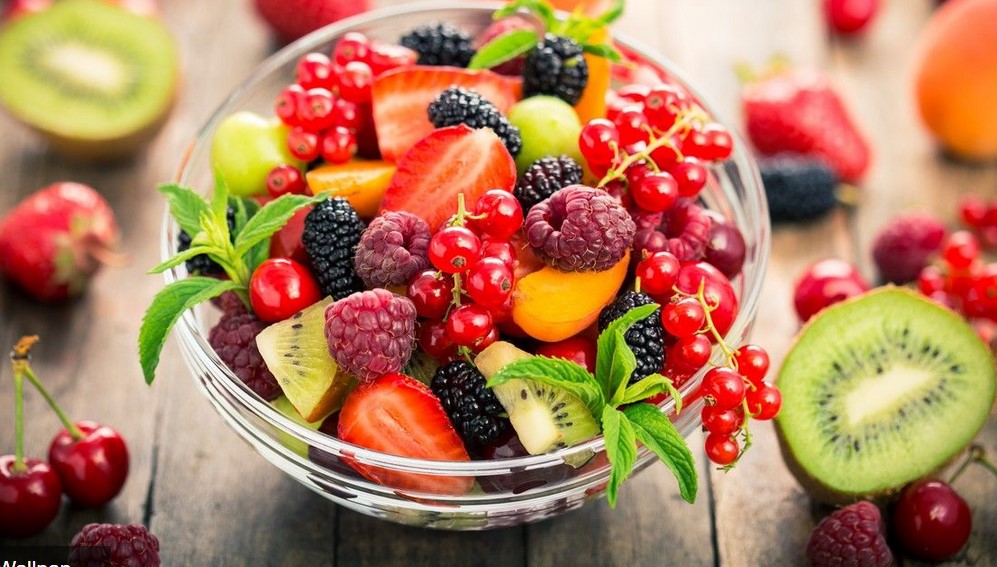As a condiment, salad component, in a smoothie, or just by itself, few natural foods are more versatile or satisfying than fruit.
Commonly thought of as a super-food, fruit combines an ideal combination of great taste with sound nutrition.
Just as there are numerous varieties of fruit to choose from, there are also many variations. The most popular of these variations include: fresh, frozen, dried, and juiced.
Are they nutritionally equal?
Before we begin the discussion regarding the various forms of fruit culinarily available and their nutritional superiority, I’d like to take a moment to summarize the nutrient values of the most common fruits with the graphic below.
These measures are provided in the raw/fresh form for each:

As you can see, almost all fruits have an overall high nutrient density and are a fantastic component of a balanced healthy diet. So, without question, eating fruit is good for you, but should be consumed in moderation.
Why?
The answer is fructose! This naturally occurring sugar found in most fruits is readily processed by the liver into body fat when consumed in quantity. Yes, consuming too much fruit can make you fat or limit success in reaching weight loss goals!
The concentration of fructose is significantly impacted by the form of fruit you consume (fresh, frozen, dried, or juiced).
Fructose is most concentrated in dried fruits, canned fruits, and in juicing.
When the residual moisture in fruit is evaporated during the drying process, the fruit’s volume diminishes, concentrating sugars & flavor, making it much easier to over-consume.
Juicing requires a higher volume of fruit to produce a serving of juice than one would typically consume in a recommended portion. Unfortunately, this process also concentrates fructose in exceptionally high quantities while removing the beneficial natural fiber, and compromising nutrient quality.
The best applications for dried fruits and juices nutritionally are as a component or compliment rather than a featured item.
For example:
Dried fruit (especially if made at home without added sugar) is an excellent complement to trail mixes, granola, or in salads.
Fresh fruit juices make for an excellent base for salad dressings and marinades.
To get the most from your daily fruit selection, having it fresh is best!
This is followed up closely by frozen fruit, as the flash-freezing process does a fabulous job of preserving freshness and nutrient density. In addition, frozen fruit is another means of sourcing varieties that are no longer seasonally available.
Another great use for frozen fruit is in natural smoothies and to make fresh sorbets!
Finally, when selecting fruit, choose variety over quantity and seek a source (such as farmer’s markets or co-op) that provides locally grown and organic varieties as they will yield the highest quality with the least contamination risk.
Joe Carson B.S. NASM-CPT/FAS/CN
Master Trainer/Functional Aging Specialist/Certified Nutritionist
Twenty-First Century Aging





